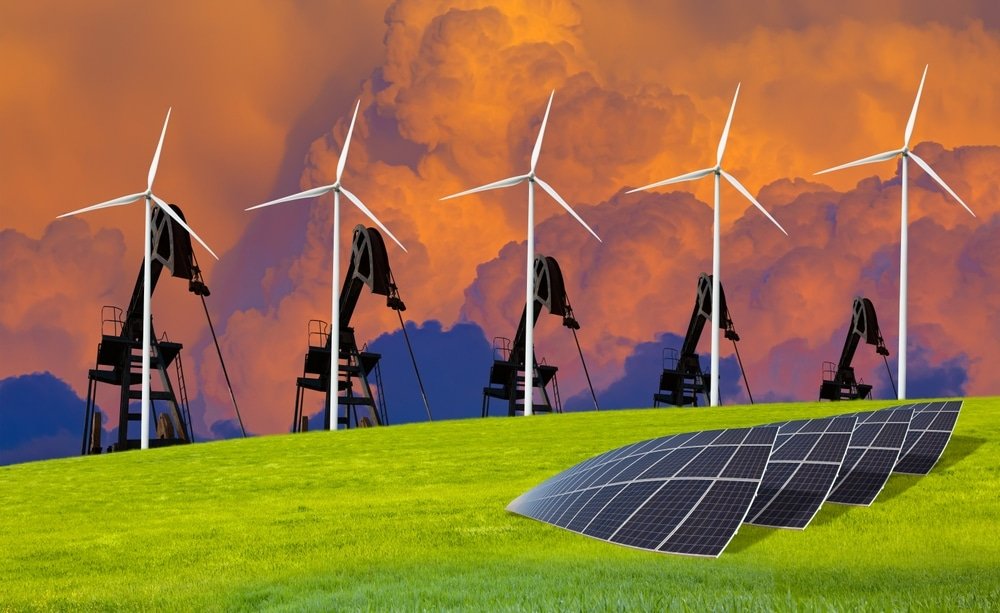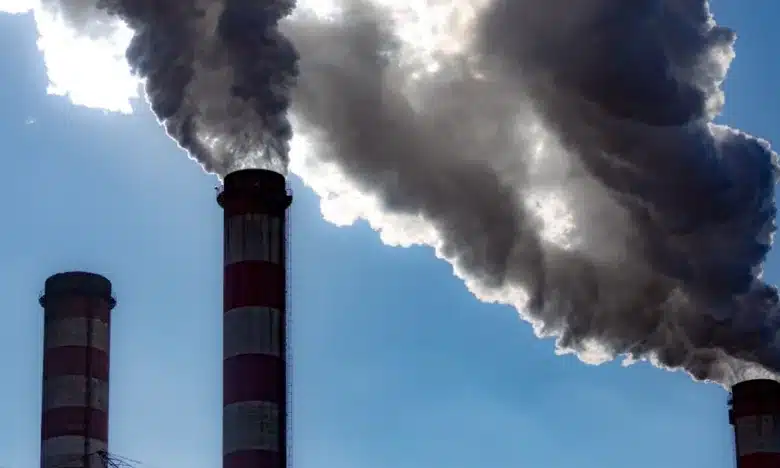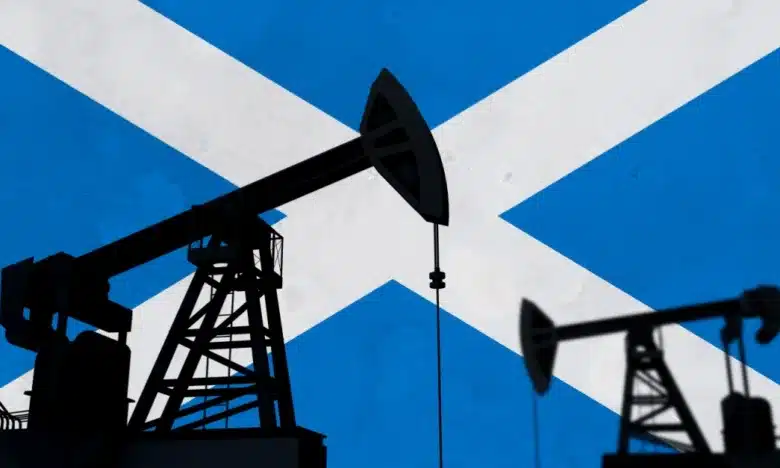
Renewable Energy vs. Nuclear Energy
- August 23, 2024
The Philippines faces a crucial decision in its energy policy. It must provide a solution as soon as possible amid the burgeoning energy crisis from its power demands and expanding population. Which is the safest, most affordable and sustainable types of energy? Renewable and nuclear energy are both being eyed as potential long-term solutions, with advantages and disadvantages on both sides.
Renewable Energy
Advantages
- Makes efficient use of natural resources. The Philippines is abundant in solar, wind, hydroelectric and geothermal power sources nationwide, making it available to all.
- The cleanest and greenest. Renewable energy emits the lowest carbon emissions, making it a sure solution to mitigate the climate crisis by largely reducing the amount of greenhouse gases produced by the country.
- Self-sufficient. Transitioning to renewable energy makes the country independent of imported energy sources. Capitalizing on its natural reserves can establish the country as an exporter of energy.
- Beneficial for local communities. The transition to green energy creates livelihoods for people and saves them from the harmful effects of the climate crisis and industrial damage done by coal and oil companies.
Disadvantages
- Intermittent. Renewable energy can only be harnessed while its power source is present, such as the sun or blowing wind. This may cause fluctuations in the energy grid.
- Huge investment. Although renewable energy sources are ultimately cost-effective, building the infrastructures to sustain them, such as battery storage and microgrids, can be costly and time-consuming.
- Not immune to risk. Some renewable energy projects, may pose damaging risks, such as hydroelectric dams that may disrupt local ecosystems and solar farms that consume large amounts of land.
Nuclear Energy
Advantages
- Constant and Controllable Power Supply. Nuclear energy operates on plants, therefore able to produce energy equivalent to the demand. Plants may operate independently of weather conditions, making it a key component in grid stability.
- Reduces greenhouse gases. Nuclear energy too produces minimal carbon emissions, aiding in reducing the country’s carbon footprint.
- High Energy Density. Compared to both renewable energy and fossil fuels, nuclear energy scores much higher on energy density. Having this potent an energy source can solve many problems posed by the country’s rapidly increasing energy demands.
- Long-Term Economic Benefits. After the costly initial investment of building nuclear power plants, transitioning to nuclear energy can provide long-term energy stability and security, boosting the country’s economy and independence from imported energy sources.
Disadvantages
- High-risk. As exemplified by the Chernobyl and Fukishima disasters, nuclear energy can pose devastating risks to nearby communities, and even countries, for generations to come.
- Nuclear waste. The addition of nuclear waste in our chronic waste management crisis may be unmanageable for the country. Waste storage and management systems will have to be drafted, tested, and implemented for everyone’s safety.
- High budget and time consumption. The initial investment costs, industry formation and education can consume a large amount of time and money that the Philippines may not have amid its accelerating energy crisis.
- Public Opinion. The adoption of nuclear energy may cause uproar in nearby and vulnerable communities that advocate for safety and environmental protection. This unrest may lead to political upheaval.
The Verdict
Much lies at stake in making the crucial decision of what type of energy will lead the Philippines to a sustainable future. Both pose benefits and risks, and both require significant policy changes and investments to operate on a widespread level.
It may be too early to tell the best direction to head in, so for now, building a diverse energy portfolio is the country’s best bet. By investing in multiple resources, the Philippines can test what works and what doesn’t work, create options for its energy supply in case one falls in crisis, and continue to reduce its carbon footprint as it transitions to a sustainable future.



